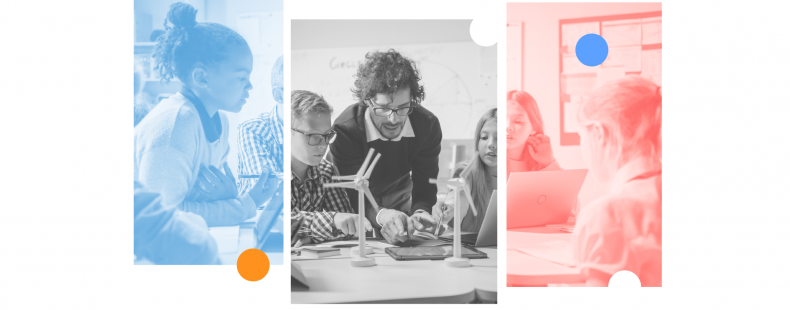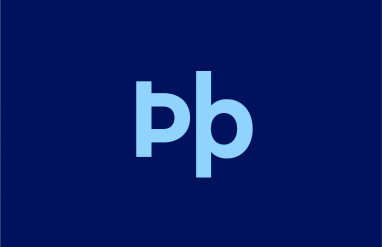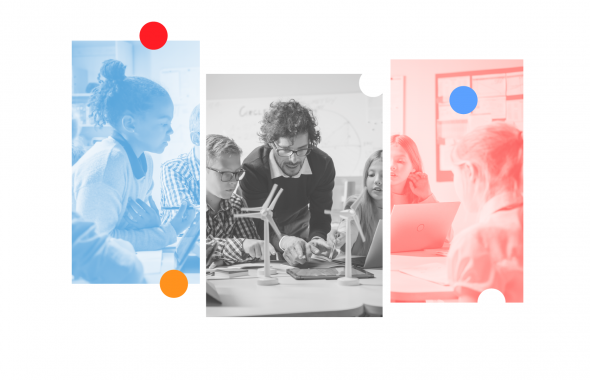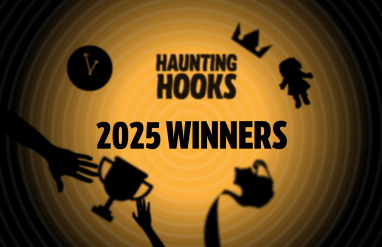The field of education is constantly evolving because the world never stops changing. AI is the ed-tech revolution du jour, but education has been continuously adapting to new ideas since the invention of writing itself. These are some of the biggest trends in education today, plus the key terms that help define them.
Personalized Learning
Personalized learning tailors lessons to each student’s learning style. Modern personalized learning uses software to help teachers customize instruction so that each student’s needs are met, often incorporating their personal interests too. When learning feels relevant and non-threatening, engagement and confidence both tend to rise.
Key Terms:
Adaptive learning: technology that adjusts the difficulty of tasks based on student performance.
Learning pathways: customizable routes that students can follow to reach their goals.
Student-centered learning: an approach that gives students more say and responsibility in shaping their education.
Blended Learning
Blended learning mixes traditional classroom teaching with online lessons. It offers the flexibility of digital tools while keeping the personal connection of face-to-face instruction. Many schools use platforms such as IXL, which pairs online activities with teacher support to reinforce key concepts.
Key Terms:
Flipped classroom: students learn new material at home through readings or online activities, then use class time to practice with teacher guidance.
Synchronous learning: learning that occurs when students and teachers participate together at the same time.
Asynchronous learning: learning that occurs on the student’s schedule without real-time interaction.
Gamification
Gamification brings elements of games into education. Cornerstones of game design, like points, badges, and leaderboards, turn lessons into motivating challenges. Students get a sense of progress and accomplishment when they level up or unlock something new by mastering a skill.
Key Terms:
Game mechanics: the rules and systems that make a game work, such as points, levels, and rewards.
Badges: visual markers of achievement earned by completing tasks or reaching milestones.
Leaderboards: ranking systems that display progress or performance, often used to spark friendly competition.
Social and emotional learning, or SEL, helps students with skills in self-management, social awareness, and relationship-building. SEL gives students tools to better handle their emotions and make responsible decisions, which are essential for both academic and personal success.
Key Terms:
Emotional intelligence: the ability to understand and manage one’s emotions and those of others.
Mindfulness: a practice of being present and fully engaged in the moment, often used to reduce stress and improve focus.
Conflict resolution: techniques and strategies for resolving disagreements in a constructive manner.
STEM and STEAM Education
STEM stands for Science, Technology, Engineering, and Mathematics; STEAM adds Art to the mix. Both emphasize critical thinking, creativity, and problem-solving skills to prepare students for the modern workforce. Students explore real-world challenges and practice solving problems in hands-on ways. This often involves using interdisciplinary approaches that simulate how a problem would be evaluated and solved outside the classroom.
Key Terms:
Inquiry-based learning: An educational approach that focuses on questioning, critical thinking, and problem-solving.
Project-based learning: a teaching method where students learn to work through complex problems by undertaking large-scale projects.
Makerspace: a collaborative workspace where students can experiment, create, and learn using a variety of tools and materials.
Digital Literacy
Digital literacy means more than knowing how to use computers and other devices. Digital literacy education teaches students how to think critically about online information and use digital tools responsibly. These skills are more important than ever, as students now need to learn how to use AI tools safely and appropriately, as well as recognize and evaluate information that may have been generated by AI.
Key Terms:
Digital citizenship: responsible and respectful behavior in online spaces.
Media literacy: the ability to recognize and critically evaluate various media platforms.
Information literacy: knowing how to recognize trustworthy and untrustworthy sources and how to evaluate information from both.
Competency-Based Education
Competency-based education, or CBE, measures learning by mastery of a subject rather than time spent on it. Students advance once they’ve truly learned the material, not just because a classroom unit has ended. CBE often overlaps with project-based learning, since both focus on demonstrating proficiency through practical application.
Key Terms:
Mastery learning: an educational approach where students must demonstrate their understanding of a subject before advancing to new material.
Proficiency: the degree to which a student has learned a subject or skill.
Learning outcomes: the measurable goals students are expected to reach.
Summary
These trends show how education is adapting to prepare students for a future that values creativity, flexibility, and real-world skills. Whether through collaboration, individualized learning, or emotional growth, today’s teachers are focused on helping every learner think critically and thrive, no matter what challenges they face.










